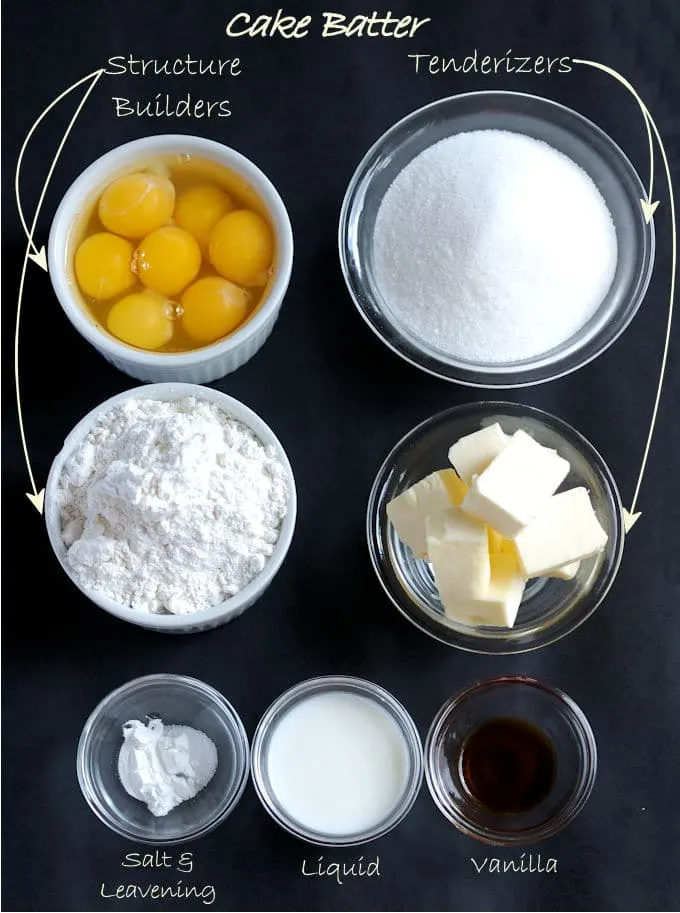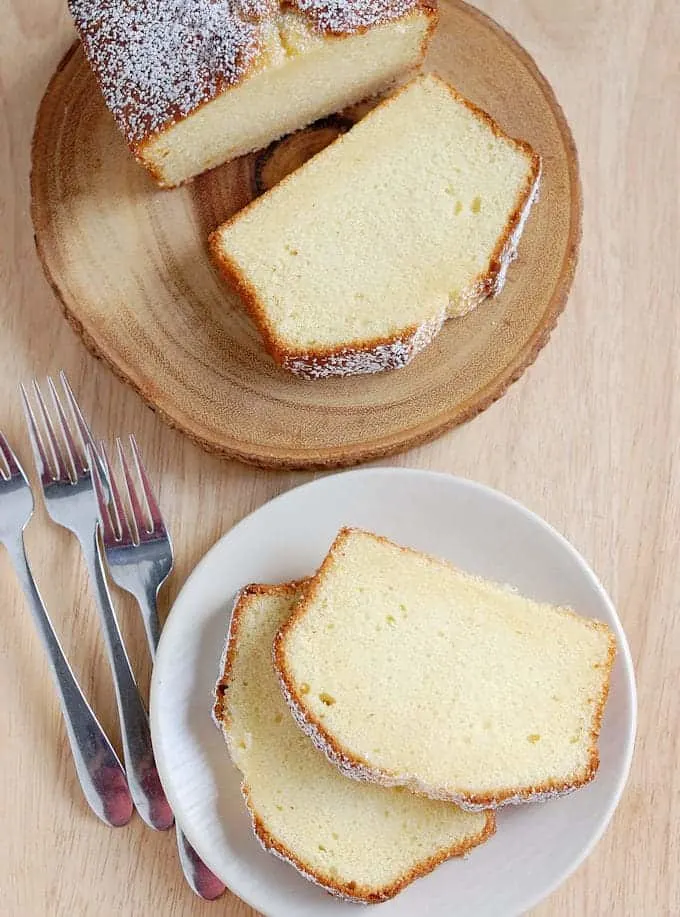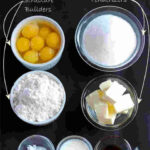🧁 How Cake Recipes Work: Understanding the Baker’s Formula
The key to a soft, moist cake starts with balance.
To make a consistently delicious cake, you first need to understand how ingredients interact. Every successful cake recipe balances the ingredients that build structure—flour and eggs—with those that tenderize and moisten—sugar and fat. Getting that balance right is what makes a cake light, flavorful, and perfectly textured.
The Baker’s Formula is the tool professional bakers use to measure and adjust that balance.

Table of contents
⚖️What is the Baker’s Formula?
The Baker’s Formula expresses each ingredient as a percentage relative to the weight of flour, which is always set at 100%. All other ingredients—sugar, fat, eggs, liquid—are written as percentages of the flour weight.
For example, if a cake recipe has 8 oz of flour and 8 oz of sugar, the sugar equals 100% of the flour.
If you add 10 oz of sugar, the sugar percentage becomes 125%. This way of thinking lets you understand why a cake turns out the way it does, not just how to make it.
🍰Lean Cakes vs. High Ratio Cakes
Lean Cakes:
A classic pound cake (equal parts flour, sugar, butter, and eggs) is considered a lean cake—its structure and tenderness are evenly matched.
The only liquid in this formula comes from the eggs themselves, since egg whites are about 90% water.
Lean cakes have a tight crumb, buttery flavor, and dense but tender texture.
High Ratio Cakes:
A high-ratio cake contains more sugar than flour.
To keep that higher-sugar batter from collapsing, bakers use ingredients that improve emulsification and hydration:
- Cake flour (its finely ground starch absorbs more liquid).
- Extra liquid (to dissolve more sugar).
- Emulsifiers (such as yolks or commercial emulsifiers to bind fat and water).
With these adjustments, you can raise the sugar content beyond 1:1 without losing structure—creating lighter, moister cakes.

🔬Using the formula to Improve a Pound Cake
I use a traditional pound cake as my baseline because its simple 1:1:1:1 ratio makes it easy to see how small adjustments change texture.
To lighten the crumb slightly, I added a little baking powder. To enhance flavor, I added salt and real vanilla extract.
To sweeten and soften the texture, I raised the sugar ratio to 125% (10 oz sugar per 8 oz flour).
Since higher sugar and moisture require better emulsification, I added extra egg yolks—natural emulsifiers that also enrich flavor. Finally, I introduced a bit of milk for moisture.
The result is a buttery pound cake that practically melts in your mouth.
🎂Adjusting for A Lighter Layer Cake
The Baker’s Formula isn’t just for pound cakes—it’s the basis for every cake recipe.
To transform my pound cake into a lighter Vanilla Layer Cake, I increased both sugar and liquid and adjusted the leavening.
| Pound Cake | Vanilla Cake | |
| Flour | 100% | 100% |
| Fat | 112% | 116% |
| Sugar | 125% | 133% |
| Eggs | 106% | 73% |
| Liquid (with eggs) | 94% | 133% |
Those changes—slightly more sugar and liquid, slightly fewer eggs, and more leavening—create a softer, lighter, more open crumb.
That’s exactly what you want in a cake meant to be filled and frosted, rather than served plain.
🧩 The Takeaway: Every Cake Is a Balancing Act
Whether it’s a pound cake or a sponge, every cake recipe is a variation on this balance between structure (flour, eggs) and tenderness (sugar, fat, liquid).
Once you understand that relationship, you can predict how a recipe will behave and adjust it to your taste—making cakes that are lighter, moister, or richer, exactly how you like them.
This is exactly why I always say that baking is both an art and a science!
📚 Continue Learning
This lesson is part of my Cake Recipe Science series, where I explain how each ingredient and mixing method shapes a cake’s structure, texture, and flavor. Explore the full series to learn how flour, sugar, eggs, fats, and leavening work together to create the perfect cake crumb.
← Previous: How Flour Creates Cake Structure | Next: How Sugar Affects Tenderness →

